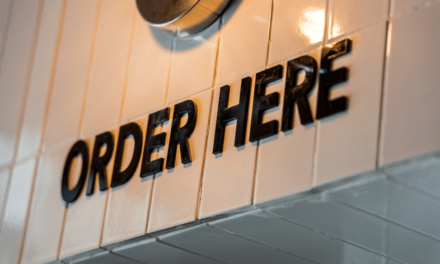Organizations and businesses of all sizes and sophistication are moving from traditional paper-based procurement processes to electronic purchase order software. The larger an organization or an enterprise grows, the more important it becomes to constantly keep track of purchases. A poorly functioning purchase order system, or worst still, no system at all, will lead to loss of money. And because purchasing process is a critical facet of your business bloodline, you’ll want to make sure that the purchasing system in your company runs smoothly.
What Exactly is an Electronic Purchase Order System?
Purchase order software serves as legal documentation of the supplies and products that your company buys from suppliers. They represent a document you generate and send to your suppliers letting them know what you want to buy, quantities, nature, and at what price. When the supplier (or vendors) accepts your offer, it becomes a legally binding agreement.
Therefore, the electronic purchase order system governs how you manage your purchase orders and how you track procurement processes. The electronic purchase order also plays a vital role in receiving and accounts payable, since those departments will check the PO against an invoice and goods received notes in a process known as 3-way matching. By sourcing in the supply chain, you enjoy the maximum benefits of automated software.
When and Why Use an Electronic Purchase Order System?
There are a host of benefits of using electronic purchase order software in your business. In short, the purchase order system accomplishes the following:
- Save money. In a business of any size and complexity, communication can break down enough for two people to place the same order twice. A purchase order system helps you minimize and avoid duplicate or repeat purchases or orders.
- Simplify records. Tracking incoming orders and matching them with purchase orders in your recording-keeping simplifies the procurement process and optimizes inventory management. A purchase order system provides a one-size-fits-all model for storing, accessing, and controlling purchase-related documentation.
- Better planning. Purchase order systems make it easier to look up repeat orders of identical or similar items so that you can track what your business purchased, when and at what cost. Easy-to-access, valuable records of how much your company spends are important for your budgeting. Better planning helps to streamline your procurement processes.
How to Create an Electronic Purchase Order System?
When setting up an electronic purchase order software for your company or business, planning is key to success. Huge volumes of information pass through the purchasing departments, and there are often many workers or employees involved. The better you plan by identifying your needs and prioritizing your options, the easier it becomes to implement a successful purchase order system.
To create a purchase order system, follow the following three steps:
1. Define your purchasing policy
As you set up a new purchase order system, it helps to go through your purchasing policy. A good electronic purchase order system enforces your policy. But before you implement any system it’s first important to define your purchase policy, and to define a good policy you need to decide your company’s position in the following areas:
- The role of purchasing in your business or company
- How you determine the type of suppliers to engage in
- Buyer-seller contracts and relationships
- Which spend categories need purchase orders
- Which employees have purchasing authorization or permission
- Guidelines for ethical and moral procurement behavior
- Resolving disputes and conflicts with suppliers
2. Selecting an electronic purchase order system
You’re definitely going to prefer the one that’s automated to the paper-based one. The main question is whether you will settle with the one that is hosted or maintained in-house or an online procurement software. Unless the information hosted in your purchase systems is highly protected and classified, an online e-procurement system is usually the best option.
As opposed to the traditional paper-based procurement, an electronic procurement system generates digital documents that outline the items in an order, terms and conditions the seller and buyer must adhere to, delivery information, and other information you’re expected to find in a purchase order. Therefore, selecting an appropriate purchase order system based on your business needs and strategic priorities will require introspection in your business model.
3. System implementation
There is a low rate of system implementation in the IT industry. Only about 35% of implementations are successfully complemented and maintained. To avoid becoming part of the 65% that fail, you will need to have an implementation model or plan in place by choosing a reliable software provider. You may also consider rolling out the entire PO system gradually by giving your most important users access to the system to let you know how the system works out before rolling it out to the entire company. So, your e-procurement partner or supplier must be with you every step of the way by making sure the implementation process goes on smoothly.
ProcurePort – The Leading E-Procurement Software Supplier
Setting up a reliable and intuitive purchase order system will benefit any business. But for large companies, it is even more important because these corporations make more purchases and therefore deal with more problems with their purchasing systems.
It’s worth noting that ProcurePort offers customer-deployed, intuitive PO systems with an implementation rate of near 100%. ProcurePort offers superior procurement automation solutions combined with responsive customer support that works with your business throughout the entire implementation process. ProcurePort’s project managers will guide you through various configuration options and enforce your company’s purchasing policy earlier in the implementation cycle.










